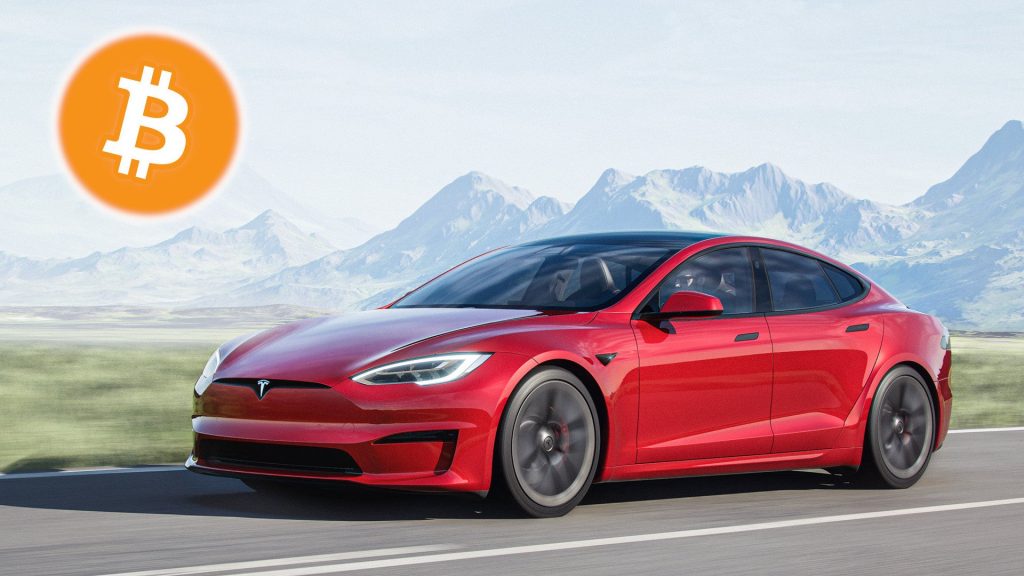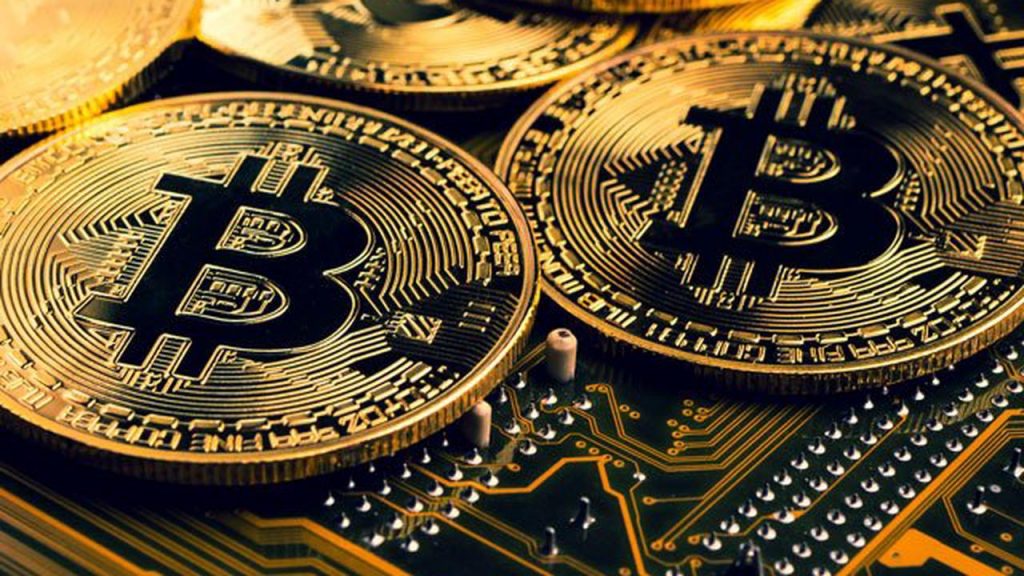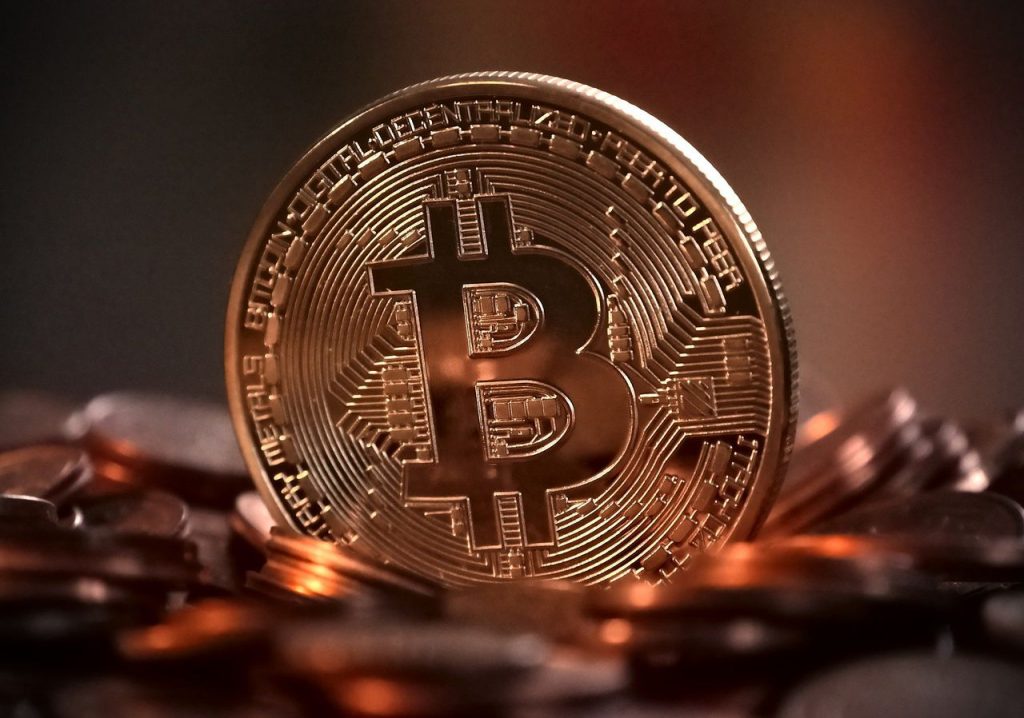
Bitcoin was the first cryptocurrency in the world and still holds the largest market capital of all competitors. Bitcoin’s rise in prominence has been fraught. Critics have lashed the technology for its enormous energy consumption and related environmental issues. For this very reason, Tesla stopped accepting Bitcoin payments earlier this year. According to Reuters, Tesla CEO Elon Musk said that the automaker would’most probably’ accept cryptocurrency payments again.
Musk stated that the company would like to examine the use of renewable energy in Bitcoin before accepting the currency again. Musk stated that he wanted to do more research on the topic and confirm that renewable energy usage is at or above 50%. He also noted that there was a trend towards increasing this number. Musk added that it is likely that Tesla will resume accepting Bitcoin.
As the negative effects of Bitcoin mining were in direct contrast to the company’s reputation for being a positive force for change in this sector, the company was under fire. Bitcoin mining rigs consume a lot of electricity. Most of this electricity comes from highly polluting sources like coal and natural gas power stations. However, there is nothing to say that cryptocurrency cannot be mined using renewable electricity. Many miners have tried to switch to this source to reduce their energy costs and increase their profits. Fundamentally, however, many miners simply choose to use the cheapest electricity, regardless of its environmental impact.
Musk has been accused of manipulating cryptocurrency markets. His tweets regularly coincide with market shifts, and his Saturday Night Live appearance does the same. Musk stated that he might pump, but he doesn’t dump. He also said that he “[does]n’t believe in getting the market price high and selling.” It’s hard to see the point in purchasing a commodity to keep forever. However, there is no value in Bitcoin if it is never sold.
Tesla’s announcement about not accepting Bitcoin caused a rapid drop in its value. It dropped from $57,939 to $49,150 on May 12. The price dropped to $30,161 a week later and has remained steady in the thirties ever after.
Musk’s opinions will differ on whether he is a cryptocurrency investor or simply a fan of the burgeoning technology. It remains to be seen if cryptominers will use renewable energy in masse. This is a question that will remain elusive. Tesla could be accepting Bitcoin payments again if Musk keeps his word and miners make the switch.





